Everything the High School History Books Got Wrong
Misconceptions ingrained in high school often follow us long after we take our diplomas home. Revisiting some of these flawed notions can be enlightening and surprising.
Challenging the misinformation we were taught in high school is important. It allows us all a more accurate understanding of history, science, and human achievements. To that end, let’s now dive into 12 commonly held beliefs instilled in high school that are patently false.
Everyone Knows Columbus Discovered America
We all know that Christopher Columbus “discovered” America in 1492, right? Well, actually, the land was already inhabited by indigenous peoples–and had been for about 1,500 years.
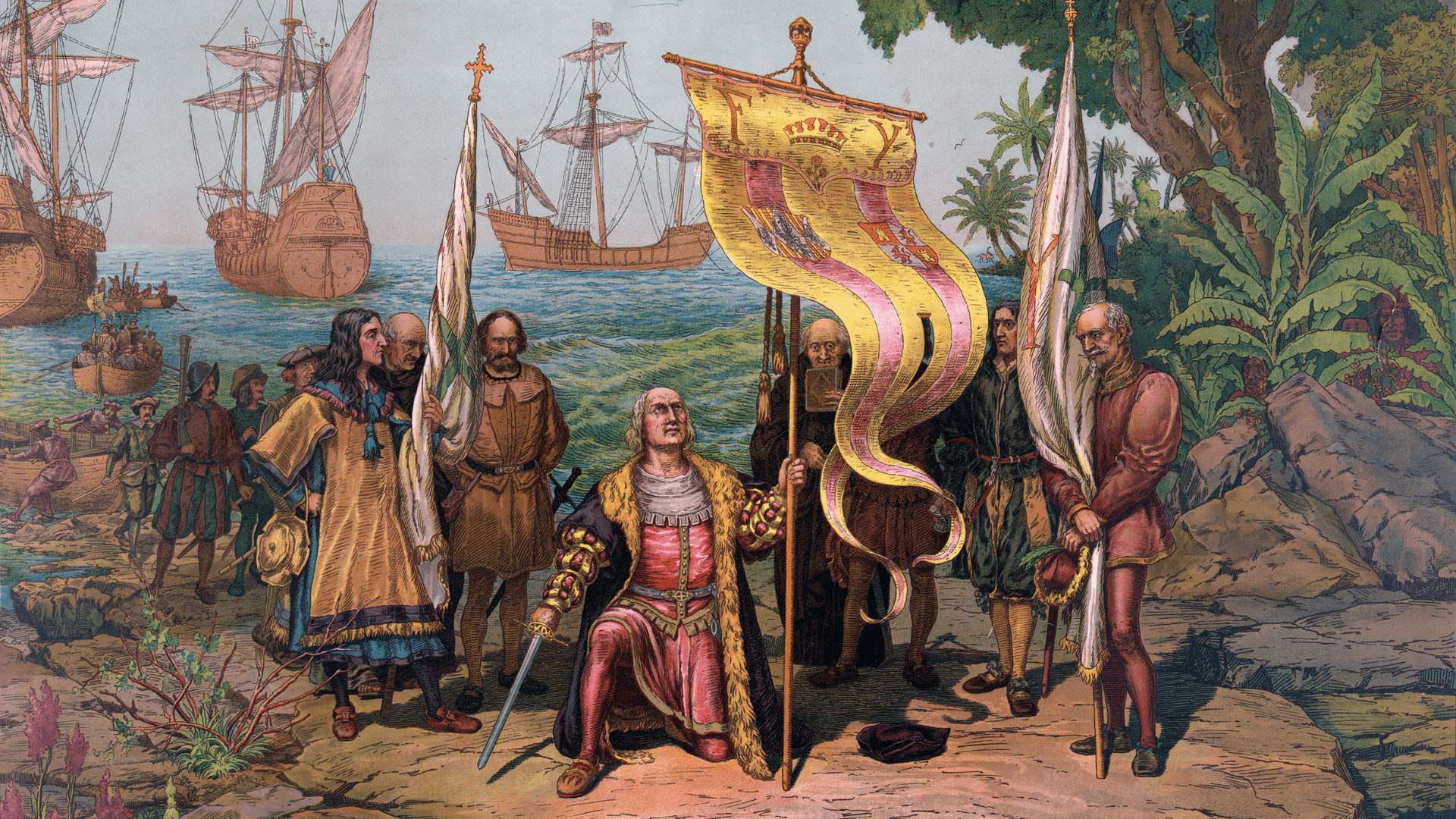
Source: Library of Congress/Wikimedia Commons
However, Columbus’s arrival did mark the beginning of a period of prolonged European exploration and colonization. This had the effect of overshadowing the existence of Native American cultures and earlier Europeans like Leif Erikson, a Norse explorer believed to have landed in continental America in the 11th century.
Humans Have Five Senses, Right?
The belief that humans possess only five senses–sight, touch, smell, taste, and hearing–radically oversimplifies the complexity of our sensory perception systems.

Elly Johnson/Unsplash
In reality, additional senses such as balance, temperature, and proprioception–your body’s ability to sense movement, action, and location–play crucial roles in daily life and bodily awareness. Without these other key senses, we would expend extreme amounts of conscious energy just to freely move about in the world.
Of Course Thomas Edison Invented the Light Bulb
Thomas Edison is often credited with inventing the light bulb. However, this isn’t really an accurate picture. What he actually did was improve upon earlier designs.
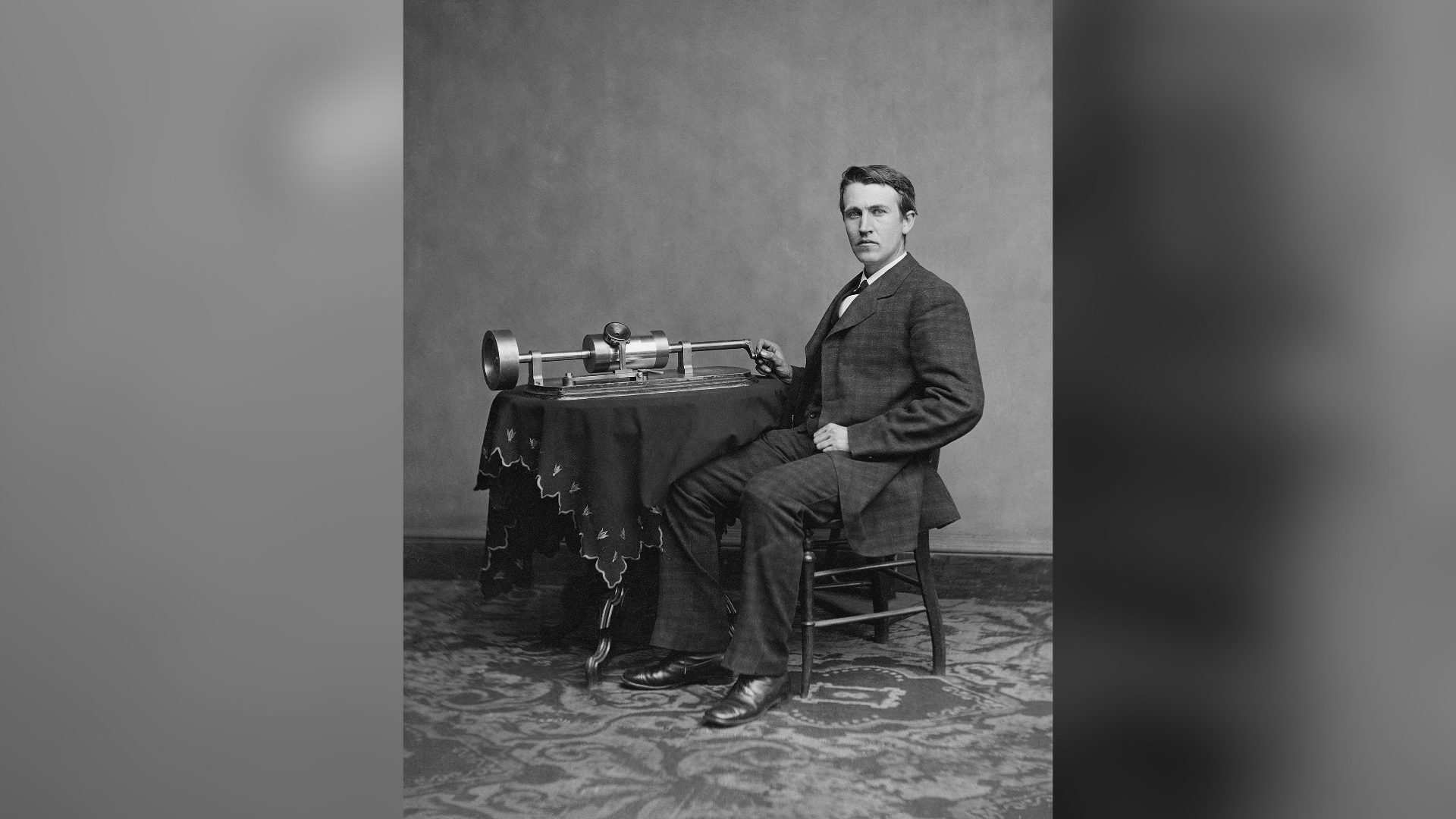
Library of Congress/Wikimedia Commons
The original electric light was created by Humphry Davy in 1802–more than 75 years before Edison’s significant contribution. What the famous Ohio-born, Michigan-raised inventor actually did was develop a durable filament that made the bulb commercially viable.
Diamonds are Formed from Coal
Contrary to popular belief, diamonds are not formed from coal. The truth is far more interesting.

Source: Ellendale2020/Wikimedia Commons
Diamonds originate deep within the Earth’s mantle from carbon and are brought to the surface by volcanic activity. The coal-formation myth distorts the elaborate geological process involved in the birth of diamonds.
The Tongue Has Specific Taste Zones
The concept of distinct taste zones on the tongue for sweet, sour, salty, and bitter is inaccurate. All areas of the tongue can detect these tastes–it’s just that some parts are more sensitive than others.

Alex Guillaume/Unsplash
This myth stems from misinterpreted research that German scientist David Hänig conducted in 1901. He was measuring taste stimuli responses across various areas of the tongue and observed variations in taste bud sensitivity. However, he never explicitly asserted that these differences correlated with specific tastes. The mythical tongue map, depicting distinct zones for sweet, salty, bitter, and sour tastes, was a misinterpretation of Hänig’s research by Edwin Boring. Boring created the widely circulated map, unintentionally perpetuating the idea of taste zones.
Humans Came from Chimpanzees
Humans did not evolve directly from chimpanzees. The truth is that both species share a common ancestor that lived approximately 6-7 million years ago.

böhringer friedrich/Wikimedia Commons
The misconception obscures the complex process of human evolution. While it is true that human DNA is very similar to chimpanzee DNA, there are important differences that reflect changes that took place over millions of years.
The Blood in Your Body is Blue
The myth that deoxygenated blood is blue is incorrect. Human blood is inherently red, exhibiting varying shades such as bright or dark red based on the oxygen content. The red color is attributed to the presence of the protein hemoglobin in red blood cells, responsible for transporting oxygen to body tissues. Hemoglobin consists of protein subunits forming a structure known as a porphyrin ring, also termed heme.

Alden Chadwick/Wikimedia Commons
Superficial veins on the wrist are often visible, exhibiting colors like blue, purple, or green based on skin tone. The absence of a red appearance actually comes from the interaction of light with skin tissue. Skin absorbs and reflects light in a way that these superficial veins do not prominently display a red hue. The phenomenon is a result of the specific wavelengths present in the visible light spectrum, which presents an illusion of blueish colors to us when looking at our veins.
Napoleon Bonaparte was Unusually Short
Napoleon Bonaparte was not actually very short.He was about 5 feet 7 inches, which was the average height of Frenchmen in his time.
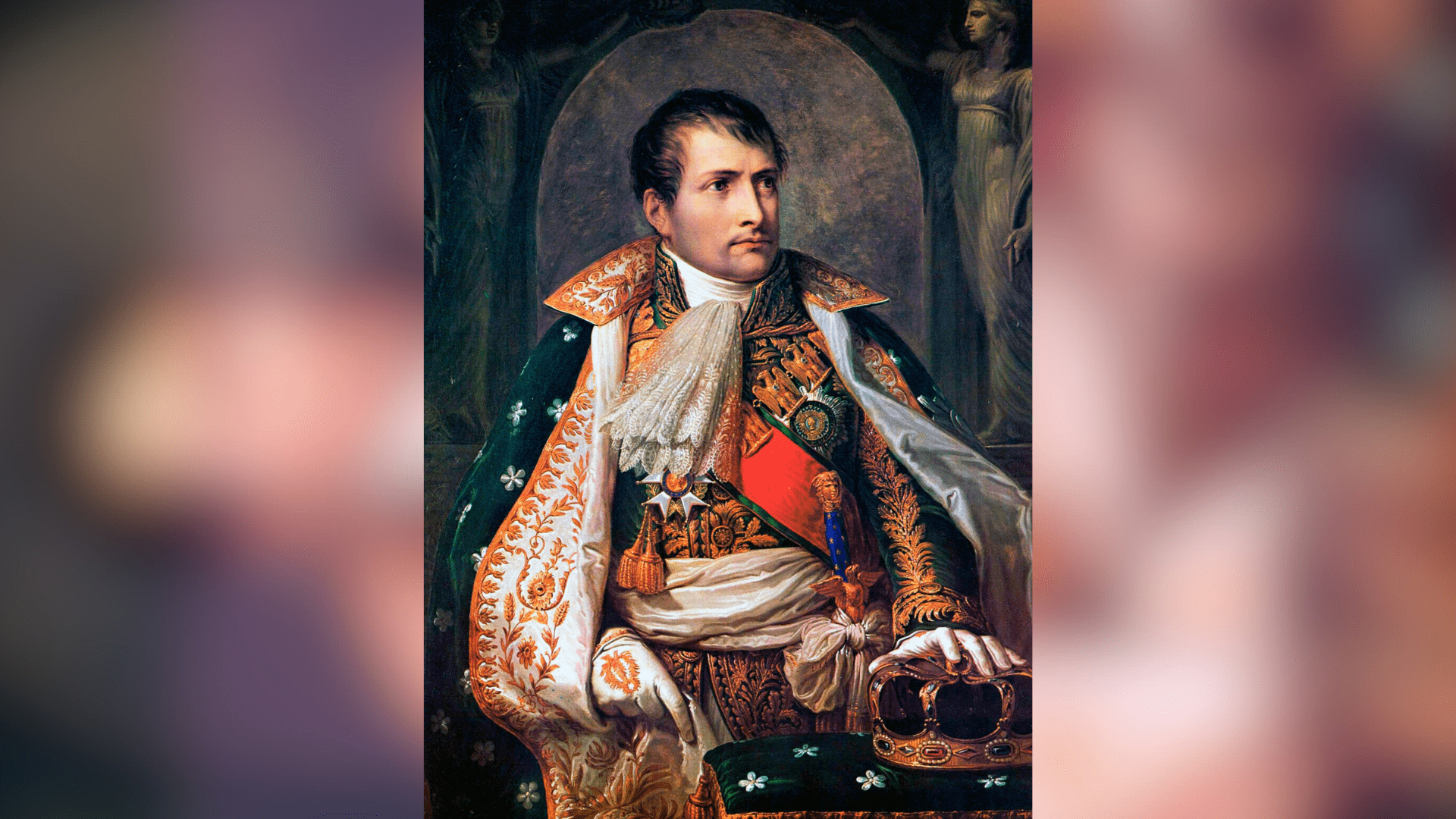
Kunsthistorisches Museum/Wikimedia Commons
The myth’s origins lie in a few things. Napoleon’s elite guards were apparently much taller than average Frenchmen, which gave the illusion that Napoleon was short. Additionally, a misinterpretation likely arose due to the French inch being longer than the British inch. This made Napoleon seem only 5 feet 2 inches tall to people who did understand French measurements.
Witches were Burned at the Stake in the Salem Witch Trials
When we imagine the Salem Witch trials, many of us have images of witches burning on pyres, tied to a pole. In reality, none of the accused during the Salem Witch Trials were burned at the stake.
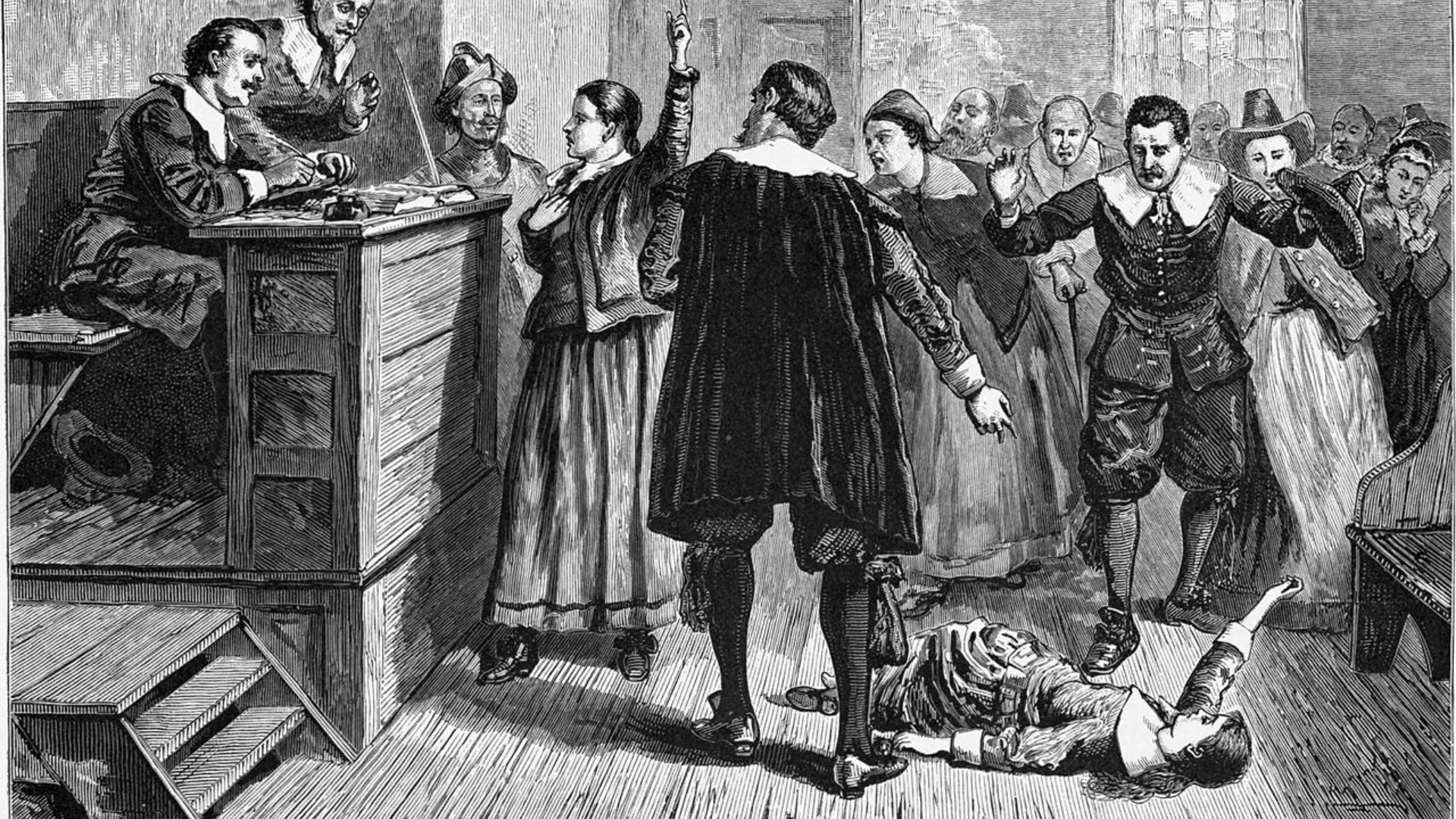
William A. Crafts/Wikimedia Commons
19 of the 20 accused were hanged, and one individual was pressed to death. The burning myth is a common historical inaccuracy, but English law at the time reserved death by burning for women convicted of high treason. Men found guilty of high treason faced the brutal punishment of being dragged, hanged until nearly dead, and then subjected to dismemberment—a practice known as “hanged, drawn, and quartered.”
Aren’t Bats Blind?
The popular saying, “blind as a bat,” is misleading–bats are not actually blind. Bats have good vision, but use echolocation for navigation as they commonly hunt at night.
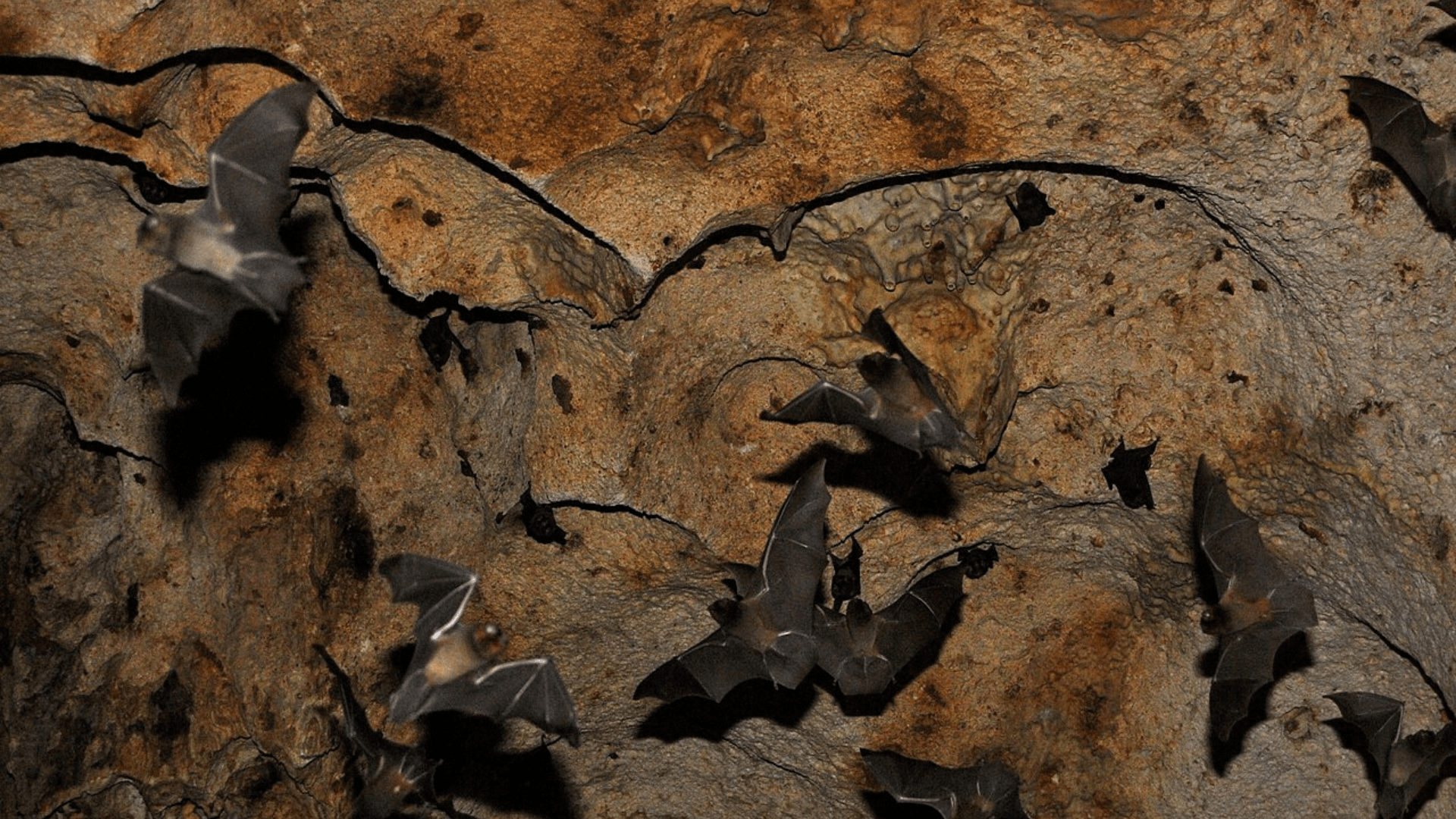
Rich Brooks/Wikimedia Commons
This misconception completely underestimates the sensory capabilities of bats. Bats, in fact, possess eyesight superior to that of many humans. Far from being useless appendages, a bat’s eyes are adapted to low-light conditions and efficiently aid in prey detection.
Can You See the Great Wall of China from Space?
Contrary to popular belief, the Great Wall of China is not visible from space with the naked eye or from an orbiting spacecraft.

CEphoto, Uwe Aranas/Wikimedia Commons
Despite its expansive 4,500-mile length, the materials used in its construction make it challenging to distinguish from space. While some astronauts–notably Ed Lu and Eugene Cernan–suggest visibility from lower portions of low-Earth orbit, NASA maintains that the wall is barely discernible to the naked eye, if at all.
Albert Einstein Failed His Math Classes
It is true that Albert Einstein faced challenges in school. There is a persistent rumor, actually a myth, that suggests he failed math in the fourth grade. It is also true that he left school at 15, but this was due to his annoyance with its routine more than anything. However, the truth is that Einstein actually relished problem-solving above almost everything else.
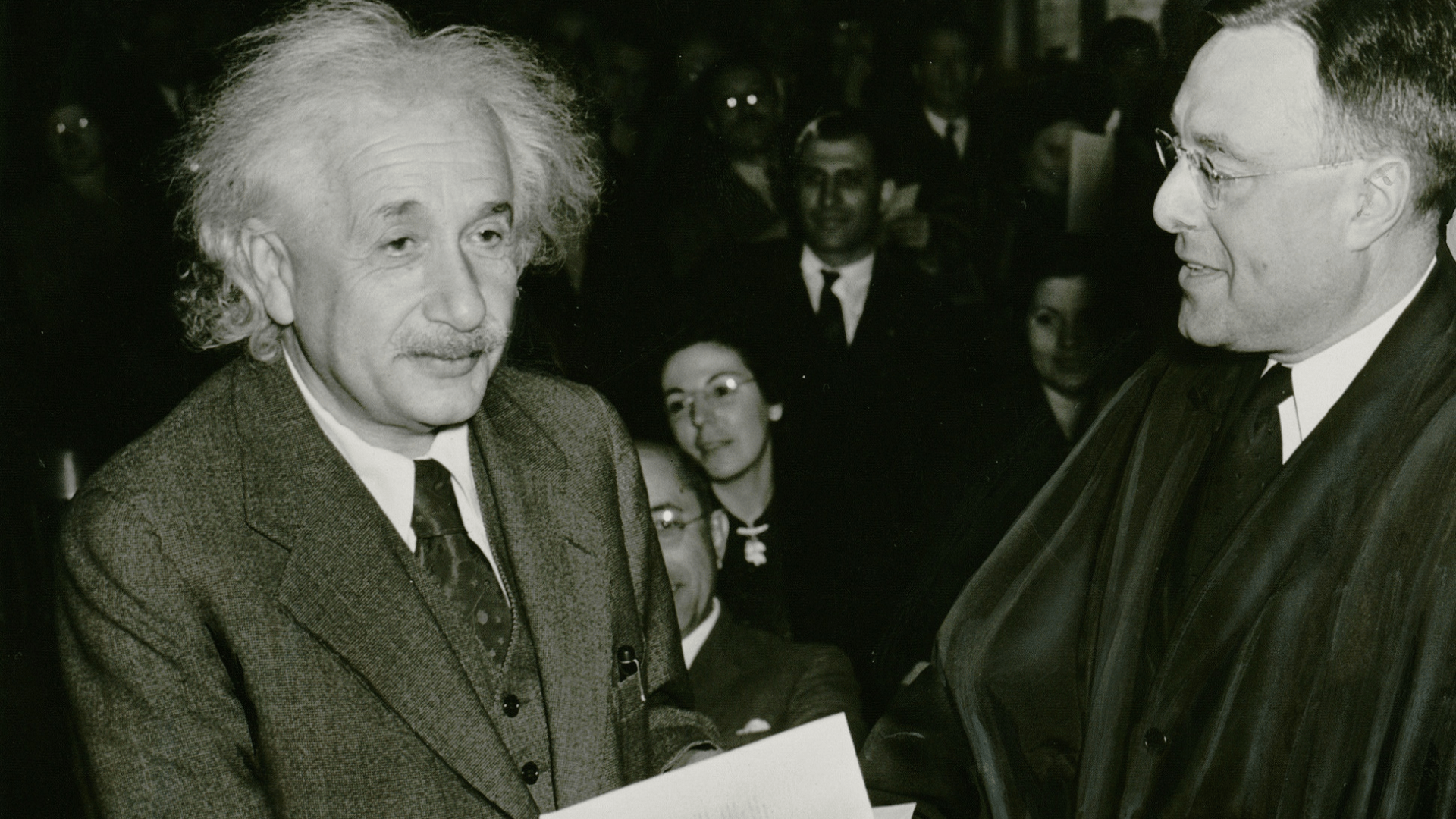
Source: janeb13/Wikimedia Commons
Another component of the math failure myth arises from Einstein’s college entrance exam in Zurich. Though he failed the exam, he actually passed the math portion. Despite failing numerous sections, he retook and passed the exam, but frustrated professors because he skipped class and preferred studying on his own.
